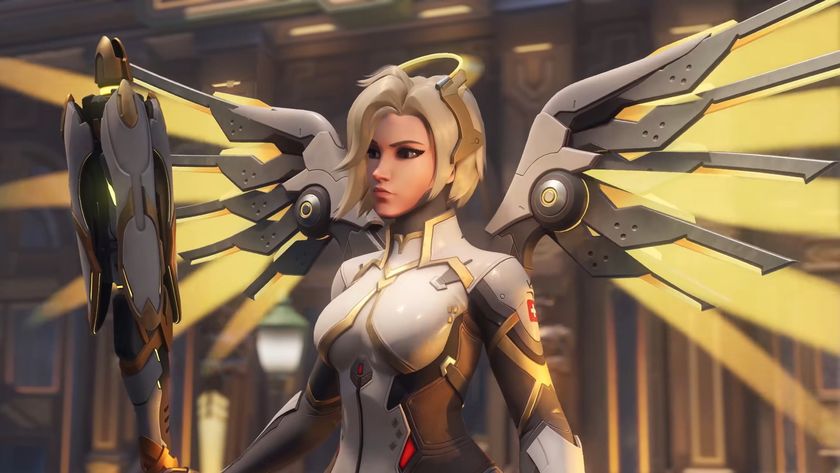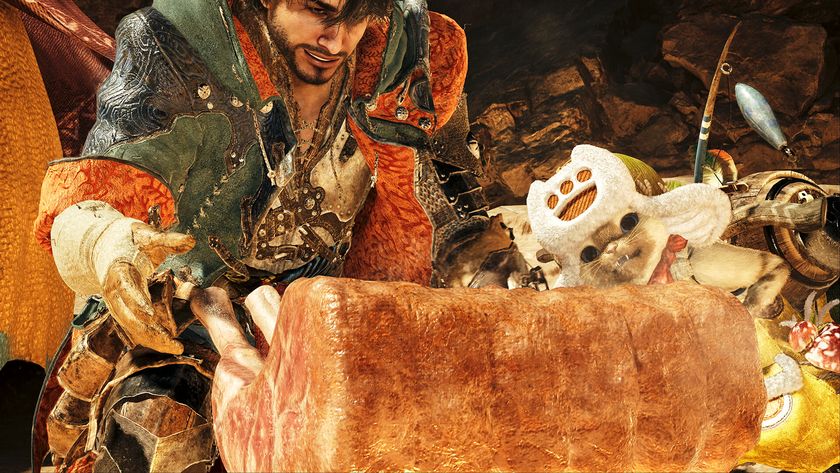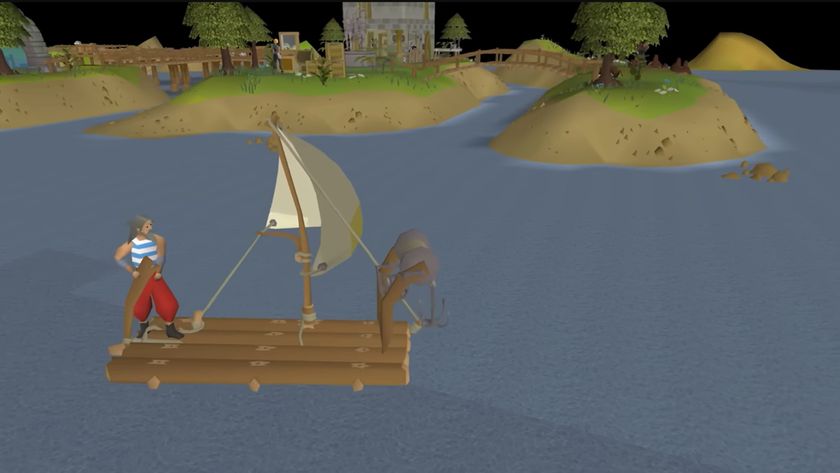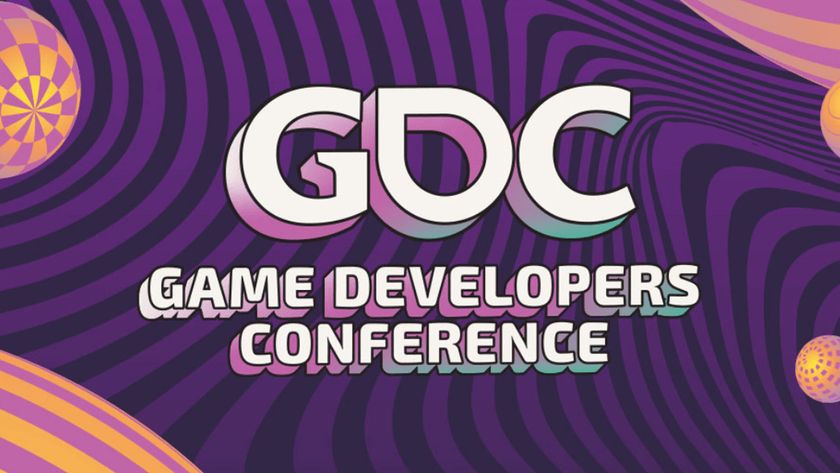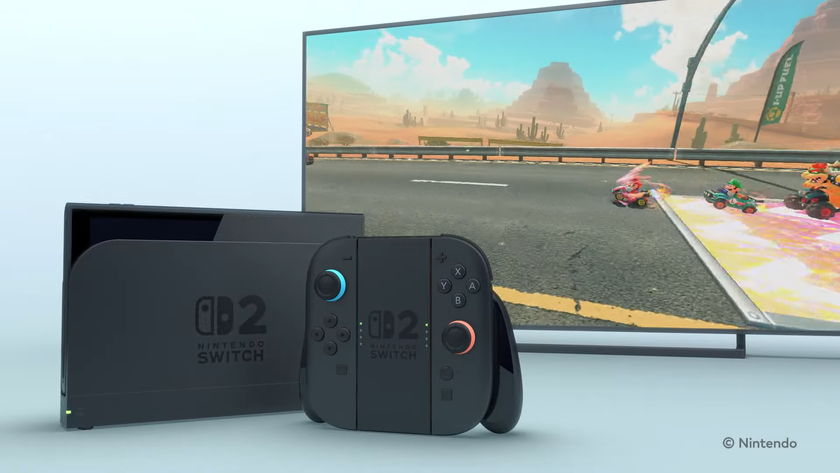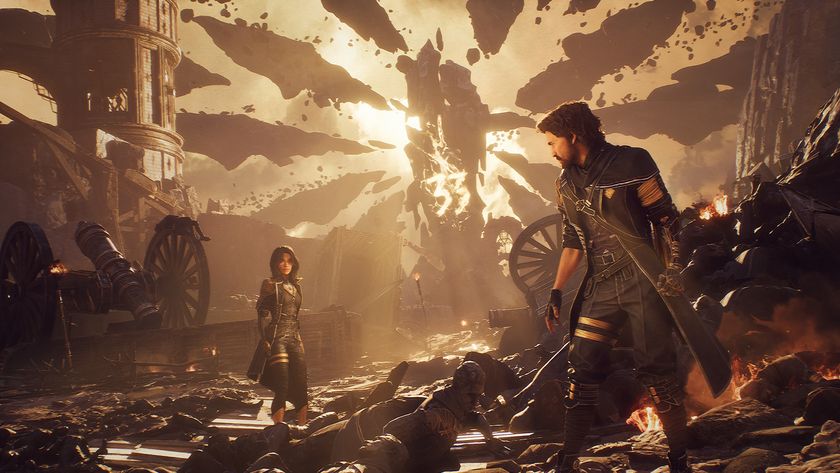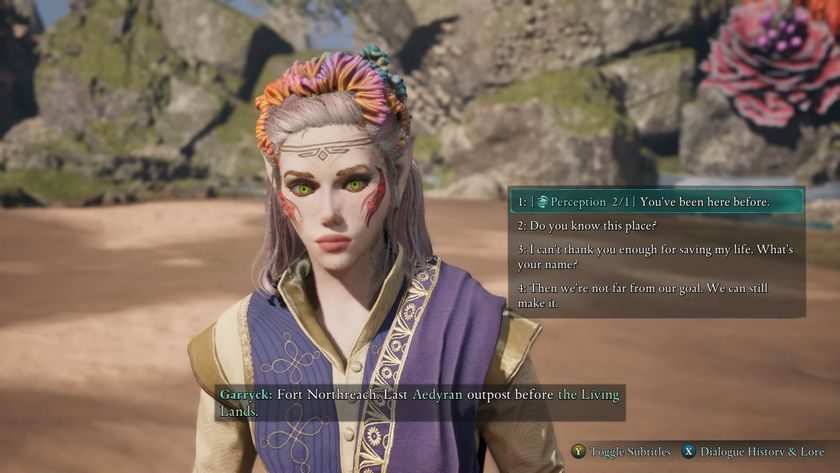Reuse, recycle, reboot: What’s the deal with Prey?
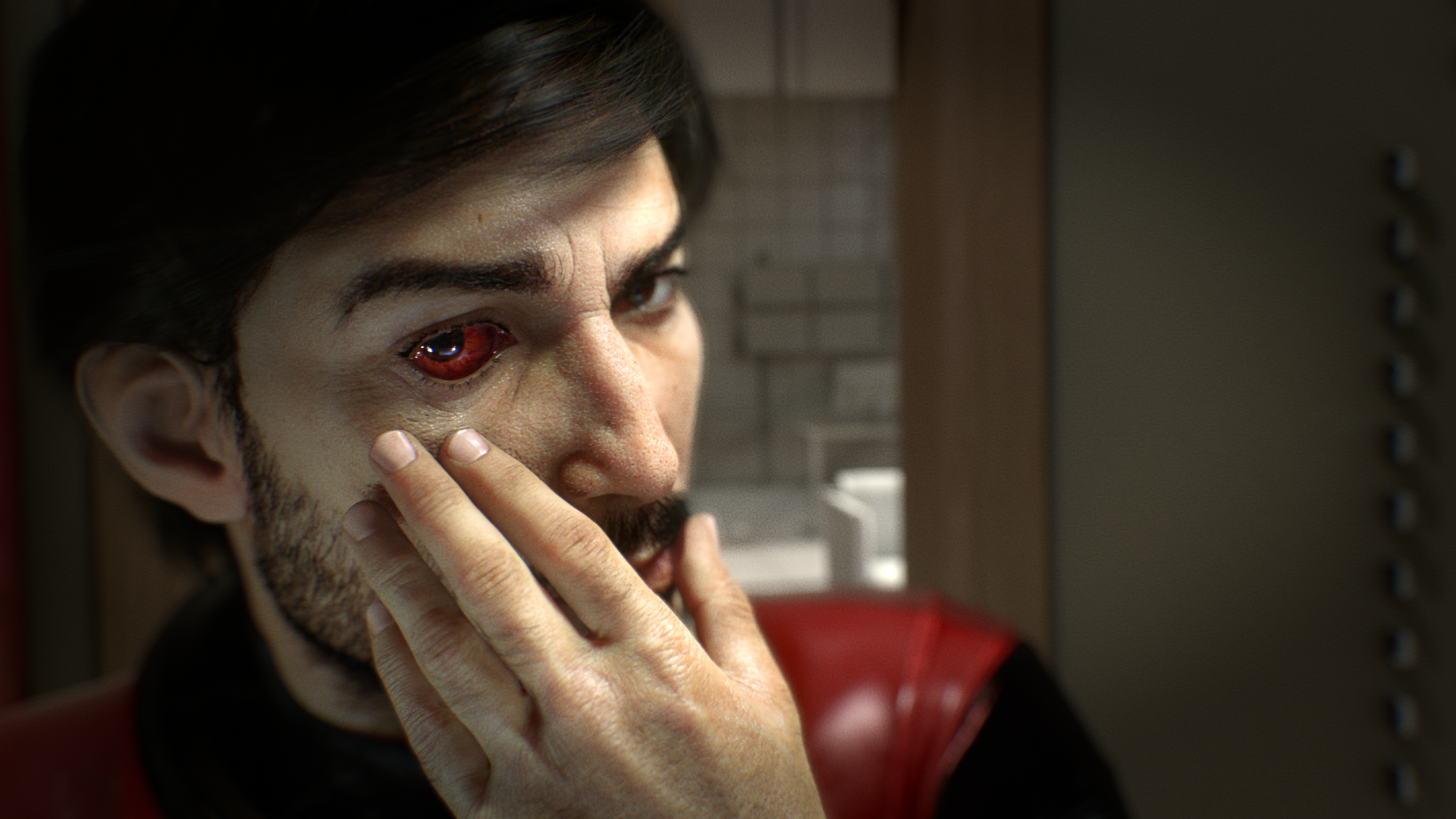
Article by Robert Evatt
The trailer for Arkane’s new game starts with a man waking up and getting coffee, but within seconds, this poor guy’s routine goes the rails. Why are his eyes slowly turning red? What’s that big bug thing stomping in the shadows? Did that goo turn into an office chair? Oh God, is that goo covering up his hands?
And then, after getting you to the very edge of your seat, the very end of the trailer reveals that this is a trailer for a Prey reboot, you’re hit you with the most baffling question of all: Who the hell was asking for another Prey?
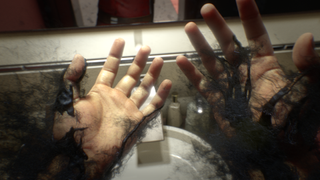
In the very likely event you’ve forgotten, the original Prey was a 2006 Xbox 360 and PC first-person shooter. Pretty much the only thing that set it apart from every other game that involves shooting aliens in the head or head-equivalent were the ham-handed “spirit powers” that the main character possessed because he’s Cherokee. (Side note -- I asked one of the media contacts at the Cherokee Nation what she thought of the game’s depictions of a mystical Cherokee from a non-existent “Cherokee reservation” in Oklahoma. Her response: “Oh good lord.”)
The original Prey went on to sell a combined million copies, which was a modest success back then but would be a disappointment for a high-profile release in this era of grotesquely huge expectations. And then everyone seemingly forgot about it. According to Steam tracking service SteamCharts, an average of one solitary person on the planet has playing Prey on Steam at any given moment over the last four years. (It’s worth noting that Prey was apparently de-listed from Steam in 2009, though that still gave the game three years to make it into people’s libraries.) The effect of the reboot news? Two people on the planet started playing the original.
By comparison, Bully, another game released in 2006, ranged from a low of 33 to a high of 355 simultaneous players over the last four years. While it’s true Bully’s still for sale on Steam, it’s telling that no one bothered to re-list Prey on the most popular PC games store available after all this time.
Then there’s the fact that Prey 2017 jettisons pretty much everything about the original -- and the planned sequel, which I’ll get to later -- other than the notion of less-than-friendly beings from another planet. Instead of abducting a magical Cherokee, this game takes an Asian space station worker and gradually subjects him to equal parts physical and psychological horror. It looks and feels like a completely new game, and an intriguing one at that. So why saddle it with a long-forgotten name?
Sign up to the 12DOVE Newsletter
Weekly digests, tales from the communities you love, and more
To be fair to Prey, it’s not that uncommon for game franchises to come back from the dead. The surprise sequel to Mirror’s Edge, Mirror’s Edge: Catalyst, arrived this month after eight years, and May’s Doom was the first invasion of Hell in 12 years. Nintendo digs up old franchises all the time -- Pikmin 3 came after a nine-year break, Luigi’s Mansion: Dark Moon after 12, Punch-Out Wii after 15 and Kid Icarus: Uprising after 21, just to name a few.
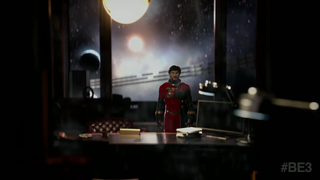
Yet the Prey revival feels different from every other high-profile reboot. Even with the expected HD sheen and reworked game mechanics, they’re all strongly inspired by the originals. In Doom, you’re still shooting cyberdemons in the face with a BFG. Punch-Out still pits you against goofy stereotypes. And every other revival came from games with at least some lasting legacy. There simply hasn’t been another game as obscure as Prey that’s gotten such a high-profile sequel after so long.
A quick answer to why we’re getting a Prey sequel could simply be the fact that it’s been in development all this time after the first game. If that brings to mind Duke Nukem Forever’s hilarious 15-year development, it should -- 3D Realms was the producer of the original Prey, which itself took 11 years to go gold. 3D Realms’ Scott Miller announced Prey 2 shortly after the first one launched.
Zenimax Media, parent company of Bethesda, bought the rights to Prey in 2009, but they apparently also acquired 3D Realms’ curse. Six years later, company representatives announced Bethesda had given up on finishing Prey 2. Though that didn’t stop Bethesda from rebooting the franchise instead. Still, why does it have to be called Prey at all? This brand new world could be called anything, such as “Infiltration” or “The Other” or “Oh Shit, That Chair’s An Alien!” If the final game’s as strong as the trailer looks, it could be a solid jumping point for a new intellectual property.
The real reason for the name may become clear by comparing it to what Bethesda and all the other big third-parties decided to showcase in their conferences this E3. Nearly without exception, everything was a sequel or a game based on an existing world.
That’s not a surprise, as high-profile game development costs just keep ballooning. Grand Theft Auto V reportedly cost around $265 million to make. The Destiny series is famous for a budget of $500 million. Even Witcher 3, which was celebrated by CD Projekt Red as “a good investment” compared to these expensive games, still had an overall budget of $81 million. The stakes are getting ludicrously high, and most of the major game publishers are circling their wagons around bigger yet fewer game releases to protect themselves. “Risk” has become a dirty word. Having a great-looking game doesn’t seem to matter anymore -- it needs to cling to a firmly-established property like a seagoing castaway to a life preserver in order for the publishers to deem it worthy of release.
That could be the case with the new Prey. Never mind the name seemingly has less staying power than Brain Dead 13, it’s still a name that a few people might recognize. In fact, the Prey name might simply be the fig leaf Arkane and Bethesda needed in order to justify a brand-new type of game in this crazy environment, even if that property isn’t one people care much about. Since so few people are attached to the original Prey, changing nearly everything about the game world hasn’t created any sort of noticeable backlash from fans. Now imagine what would have happened if Sony and Double Fine’s remaster turned Grim Fandango into a squad-based shooter. The flames from fans would have been hot enough to melt titanium. The reaction to transplanting the XCOM strategy game into a first-person shooter was bad enough.
Even with the sequel-mania that’s gripped high-stakes game development, it seems unlikely that naming this game “Prey” will, by itself, spark sales. It just doesn’t have the drawing power. But let’s face it, neither would any original, unlicensed name we’ve never heard of. When you’re working with such a blank slate, it’s up to the game itself to generate interest. If the final game is anything like the original trailer, that mission’s accomplished. Odd as the name choice may seem, it wouldn’t be surprising if more people are now asking for a new Prey than ever before.

"We got heel Cena before GTA 6": Even John Cena himself is comparing the 20-year wait for his WWE heel turn to the 12-year wait for the next Grand Theft Auto
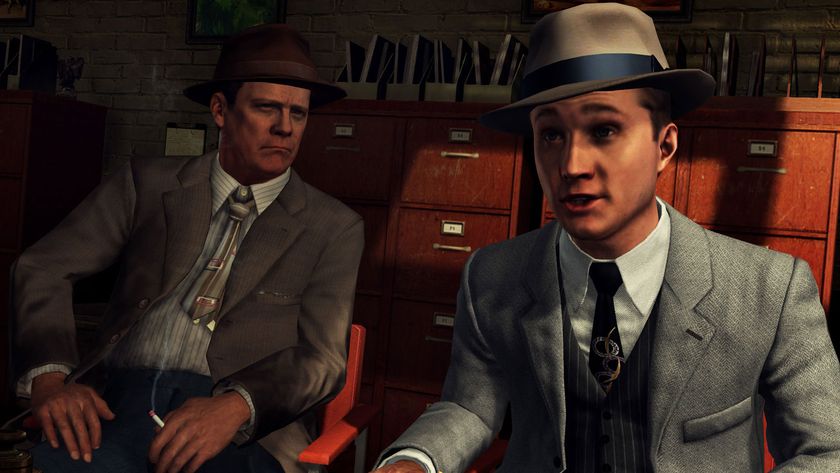
GTA developer Rockstar opens new Australian branch by acquiring the studio that's been working on its ports for "this past decade"
